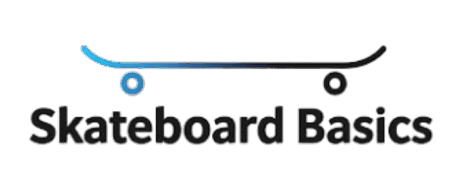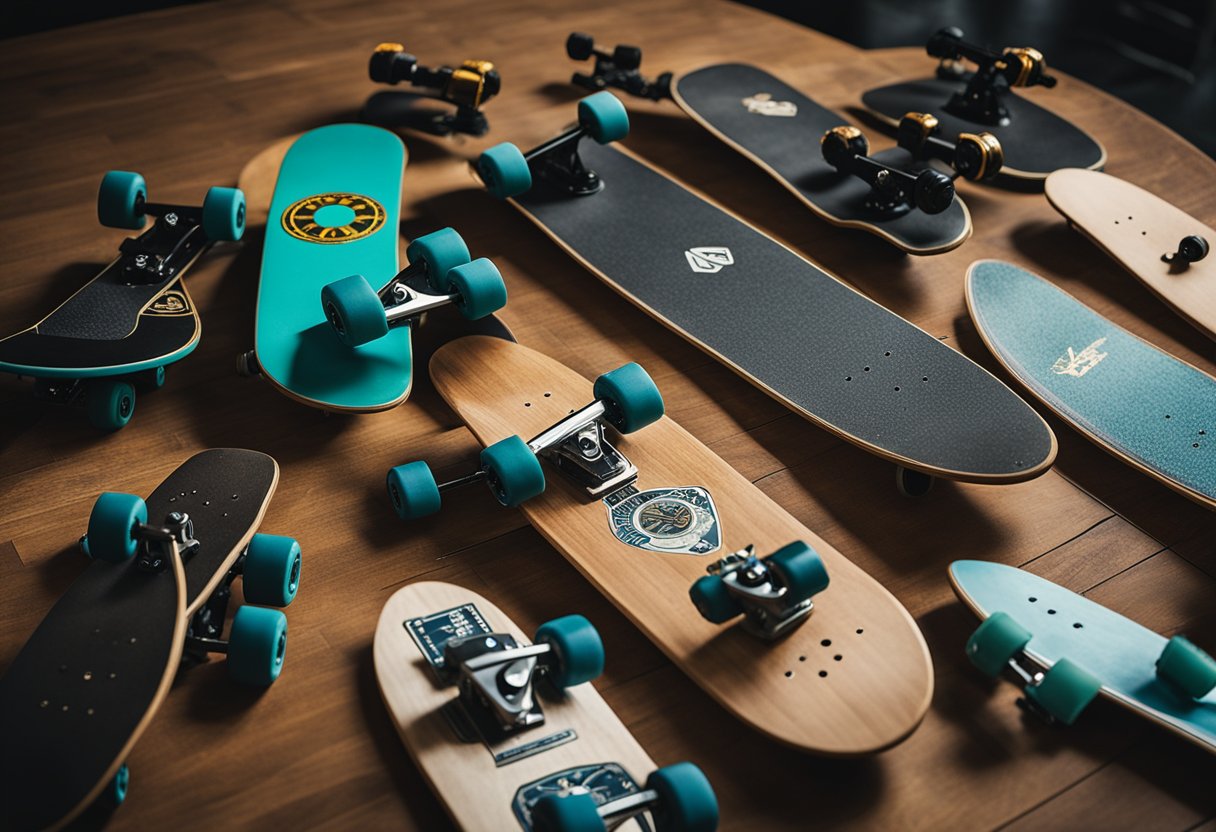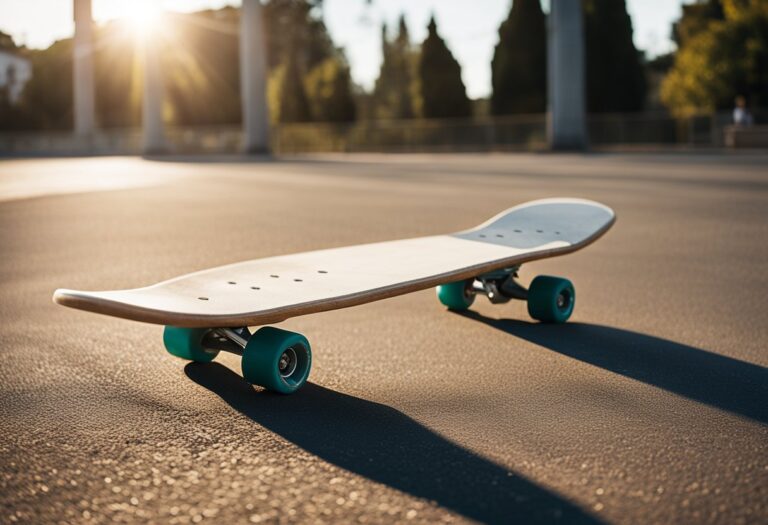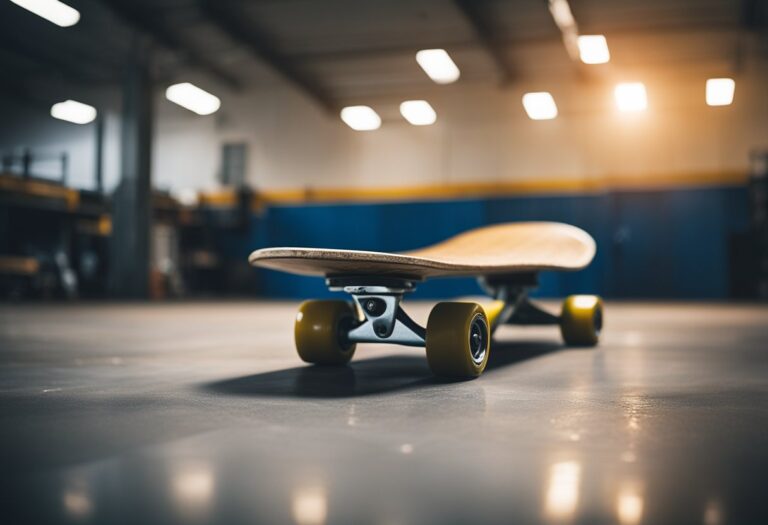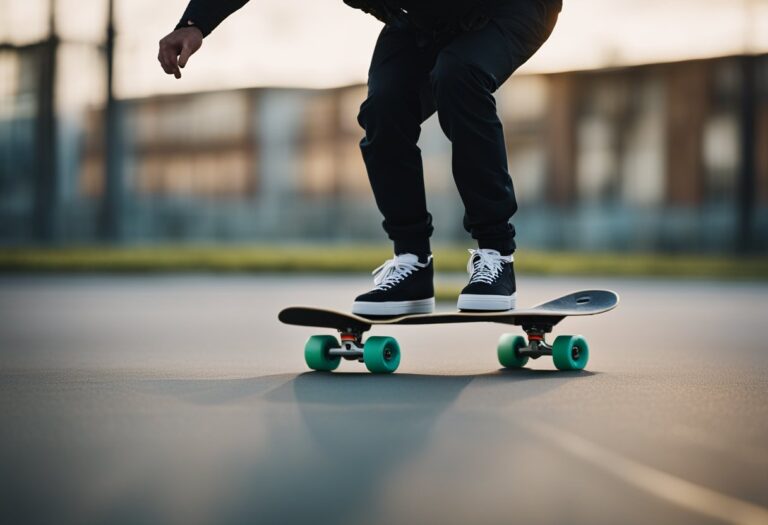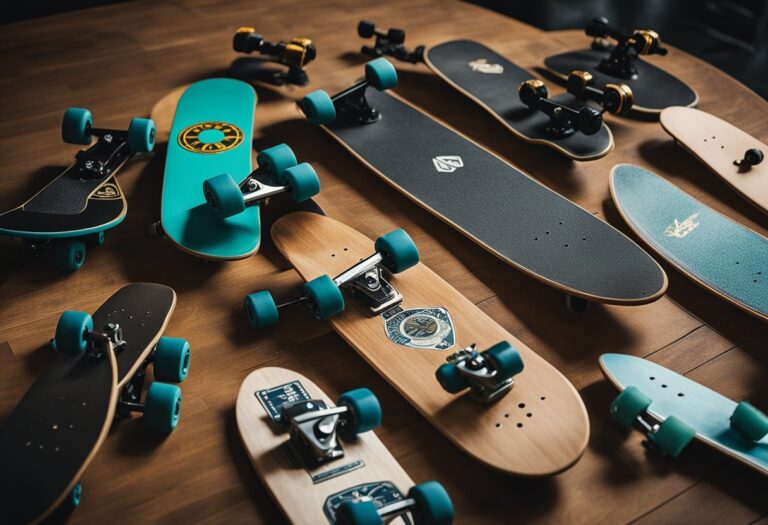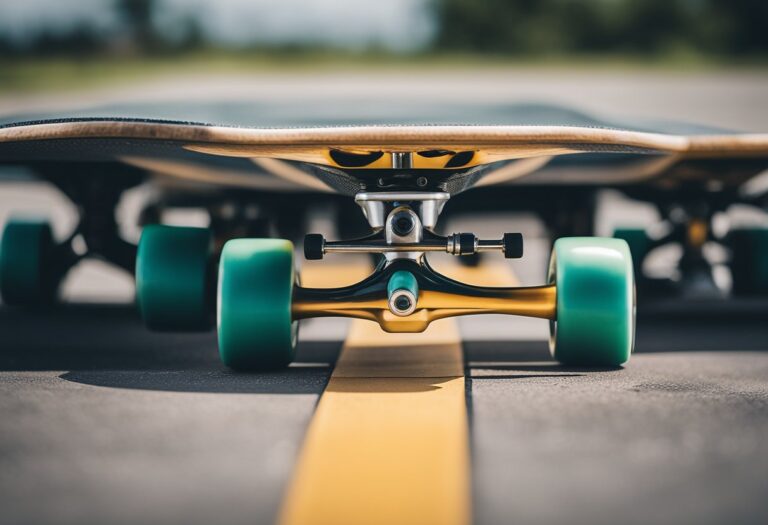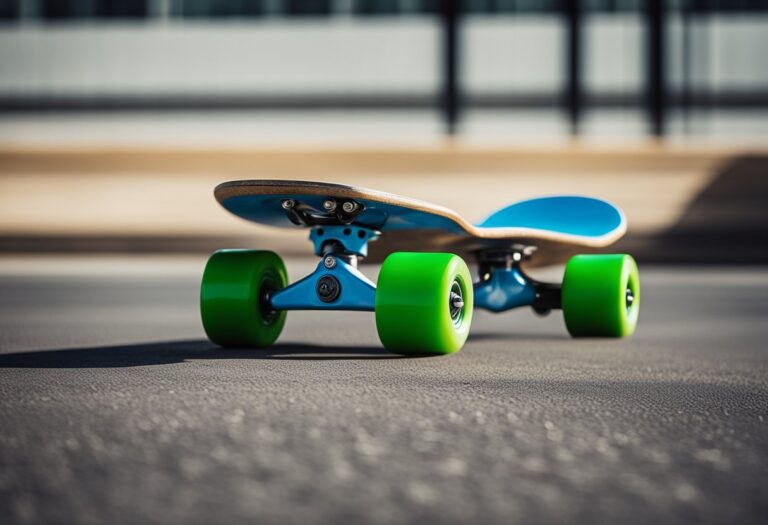Skateboarding for Newbies: Step-by-Step Guidance from Balance to Board Control
Skateboarding is a thrilling and exhilarating sport that has gained immense popularity over the years. However, for beginners, skateboarding can be intimidating and challenging. From maintaining balance to controlling the board, there are numerous skills to master before you can confidently ride and perform tricks.

This article aims to provide step-by-step guidance to help newbies understand the fundamentals of skateboarding. It will cover everything from choosing the right gear to developing basic skills and progressing to more advanced tricks. By the end of this article, readers will have a solid foundation to build upon and feel confident enough to hit the skatepark.
Key Takeaways
- Understanding the fundamentals of skateboarding is crucial for beginners to develop their skills and progress to more advanced tricks.
- Choosing the right gear, such as a suitable skateboard and protective equipment, is key to ensuring safety and comfort while skateboarding.
- Learning skatepark etiquette and seeking out community and learning resources can help beginners improve their skills and become part of the skateboarding community.
Understanding Skateboarding

History and Evolution
Skateboarding has come a long way since its inception in the 1950s. Initially, it was just a way for surfers to practice their moves on land when the waves were not good enough. Over time, it evolved into a sport of its own, with its own set of tricks and techniques.
In the 1970s, skateboarding experienced a major boom in popularity, thanks in part to the invention of urethane wheels, which provided better grip and allowed skaters to perform more advanced tricks. Since then, the sport has continued to evolve, with new tricks and styles emerging all the time.
Skateboarding Culture
Skateboarding is not just a sport, it is also a culture. Skateboarders have their own unique style of dress, music, and language. They are known for being rebellious and independent, and for pushing the boundaries of what is possible on a skateboard.
Skateboarding culture has also influenced other areas of popular culture, such as fashion, music, and art. Many famous musicians, artists, and actors have been involved in skateboarding at some point in their lives.
Types of Skateboarding
There are many different types of skateboarding, each with its own set of techniques and tricks. Some of the most popular types include:
- Street Skateboarding: This involves performing tricks on urban obstacles such as stairs, rails, and ledges.
- Vert Skateboarding: This involves skating on a ramp or halfpipe and performing tricks in the air.
- Freestyle Skateboarding: This involves performing tricks on flat ground, often incorporating dance-like movements.
- Downhill Skateboarding: This involves racing down a hill at high speeds, often reaching over 50 miles per hour.
No matter what type of skateboarding you are interested in, it is important to start with the basics and work your way up. With practice and dedication, anyone can become a skilled skateboarder.
Choosing Your Gear

When it comes to skateboarding, selecting the right gear is crucial. This section will cover the essential items you need to get started, including the skateboard itself, safety equipment, and maintenance tools.
Selecting the Right Skateboard
Choosing the right skateboard is the first step to becoming a successful skateboarder. There are many types of skateboards available, but for beginners, it’s best to start with a standard skateboard. A standard skateboard typically measures between 7.5 and 8.5 inches in width and is perfect for learning basic tricks and maneuvers.
When selecting a skateboard, pay attention to the deck material, shape, and size, as well as the trucks, wheels, and bearings. The deck material can affect the board’s durability and weight, while the shape and size can impact the board’s stability and maneuverability. Trucks, wheels, and bearings are also important components that can affect the board’s performance.
Essential Safety Equipment
Skateboarding can be a dangerous activity, so it’s essential to wear proper safety equipment. The most important safety gear includes a helmet, knee pads, elbow pads, and wrist guards. These items can help prevent serious injury and should be worn at all times while skateboarding.
In addition to safety gear, it’s also important to wear appropriate clothing and footwear. Loose clothing or shoes with no grip can cause accidents and make it difficult to control the board. It’s best to wear comfortable, snug-fitting clothing and skate shoes with good grip.
Skateboard Maintenance
Regular maintenance is essential to keep your skateboard in good condition and ensure optimal performance. Some essential maintenance tools include a skate tool, bearing lubricant, and grip tape cleaner.
A skate tool is a multi-purpose tool that can be used to adjust the trucks and wheels. Bearing lubricant can help keep the bearings running smoothly, while grip tape cleaner can help remove dirt and grime from the grip tape.
In conclusion, selecting the right gear is essential for a successful skateboarding experience. By choosing the right skateboard, wearing proper safety gear, and maintaining your skateboard, you can ensure a safe and enjoyable ride.
Fundamentals of Skateboarding

Stance and Foot Placement
The first step to learning skateboarding is to determine your stance, which is the position you stand on the board. Most people have either a regular stance or a goofy stance. Regular stance means the left foot is placed at the front of the board, while goofy stance means the right foot is placed at the front.
Once you have determined your stance, the next step is to place your feet on the board. The front foot should be placed at a slight angle, while the back foot should be perpendicular to the board. This will give you better control of the board.
Balancing Techniques
After you have determined your stance and foot placement, the next step is to learn how to balance on the board. Start by standing on the board with your feet in the correct position. Keep your knees slightly bent and your weight evenly distributed over the board.
To improve your balance, practice shifting your weight from one foot to the other while standing still on the board. This will help you get used to the feeling of the board moving under your feet.
Pushing and Stopping
Once you have mastered your balance, it’s time to learn how to push and stop. To push, place your back foot on the ground and use it to propel yourself forward. Keep your front foot on the board and use it to steer.
To stop, you can either drag your back foot on the ground or use the tail of the board to come to a stop. It’s important to practice both techniques so you can stop quickly and safely.
In summary, the fundamentals of skateboarding include determining your stance and foot placement, learning how to balance on the board, and mastering the techniques of pushing and stopping. With practice and patience, anyone can become a skilled skateboarder.
Basic Skateboarding Skills

Turning and Carving
One of the most important skills for any skateboarder is the ability to turn and carve. Turning allows the rider to change direction, while carving involves making smooth, arcing turns while maintaining speed. To turn and carve effectively, a rider must shift their weight and use their body to steer the board.
To turn, the rider should lean in the direction they want to go and use their toes or heels to apply pressure to the board. For example, to turn left, the rider should lean to the left and use their toes to push the board in that direction. To carve, the rider should lean into the turn and use their body to guide the board in a smooth arc.
Riding on Different Surfaces
Skateboarding is not limited to smooth concrete surfaces. Skaters can ride on a variety of surfaces, including asphalt, dirt, and even grass. However, each surface requires different techniques and skills.
When riding on rough surfaces, the rider should keep their knees bent and their weight centered over the board. This will help absorb bumps and maintain control. When riding on grass, the rider should use a wider stance and keep their weight centered over the board to maintain balance.
Speed Control
Controlling speed is crucial for any skateboarder, especially beginners. To control speed, the rider can use a variety of techniques, including foot braking, carving, and sliding.
Foot braking involves dragging one foot on the ground to slow down or stop the board. Carving can also help slow down the board by making wider turns. Sliding involves shifting the weight and using the board’s wheels to slow down.
By mastering these basic skills, new skateboarders can build a solid foundation for more advanced techniques and tricks.
Board Control and Tricks

Ollies and Nollies
One of the most fundamental tricks in skateboarding is the ollie. It involves jumping off the ground with the skateboard and landing back on it. To perform an ollie, the rider needs to pop the tail of the board down while sliding their front foot up towards the nose. This motion creates the lift needed to jump off the ground. A nollie is a variation of the ollie where the rider pops the nose of the board down instead of the tail.
Flip Tricks
Flip tricks are tricks that involve the board flipping in the air. Some of the most common flip tricks include kickflips, heelflips, and varial flips. To perform a kickflip, the rider needs to flick their front foot off the side of the board while jumping, causing the board to flip. Heelflips are similar, but the rider flicks their back foot instead. Varial flips involve the board spinning 180 degrees while flipping.
Grinds and Slides
Grinds and slides are tricks where the rider grinds or slides along an object with their skateboard. Some common grinds include 50-50s, where the rider grinds with both trucks, and nose grinds, where the rider grinds with the front truck. Slides include board slides, where the rider slides the bottom of the board along the object, and lipslides, where the rider slides the side of the board along the object.
Learning board control and tricks takes time and practice. It’s important to start with the basics and gradually work your way up to more advanced tricks. Remember to always wear proper safety gear and practice in a safe environment. With dedication and patience, anyone can become a skilled skateboarder.
Skatepark Etiquette

Skateparks can be a great place to learn and practice skateboarding skills, but it’s important to follow proper etiquette to ensure a safe and enjoyable experience for everyone. Here are some tips to keep in mind:
Navigating the Skatepark
Before entering the skatepark, take a moment to observe the flow of skaters and the different sections of the park. Try to enter the park at a spot that won’t interrupt the flow of other skaters. When skating, be aware of your surroundings and avoid cutting off other skaters or stopping suddenly in the middle of a run.
Respecting Other Skaters
It’s important to respect other skaters and their space. Don’t hog a particular section of the park for too long, and take turns with other skaters to avoid collisions. If someone is waiting to use a feature, let them go ahead of you. Avoid using profanity or aggressive behavior towards other skaters.
Skatepark Safety
Always wear appropriate safety gear, including a helmet, knee and elbow pads, and wrist guards. Don’t attempt tricks that are beyond your skill level, and be aware of the potential dangers of each feature in the park. If you see someone skating unsafely, politely suggest that they adjust their behavior to avoid injury.
By following these simple guidelines, new skaters can enjoy the skatepark experience while respecting the space and safety of others.
